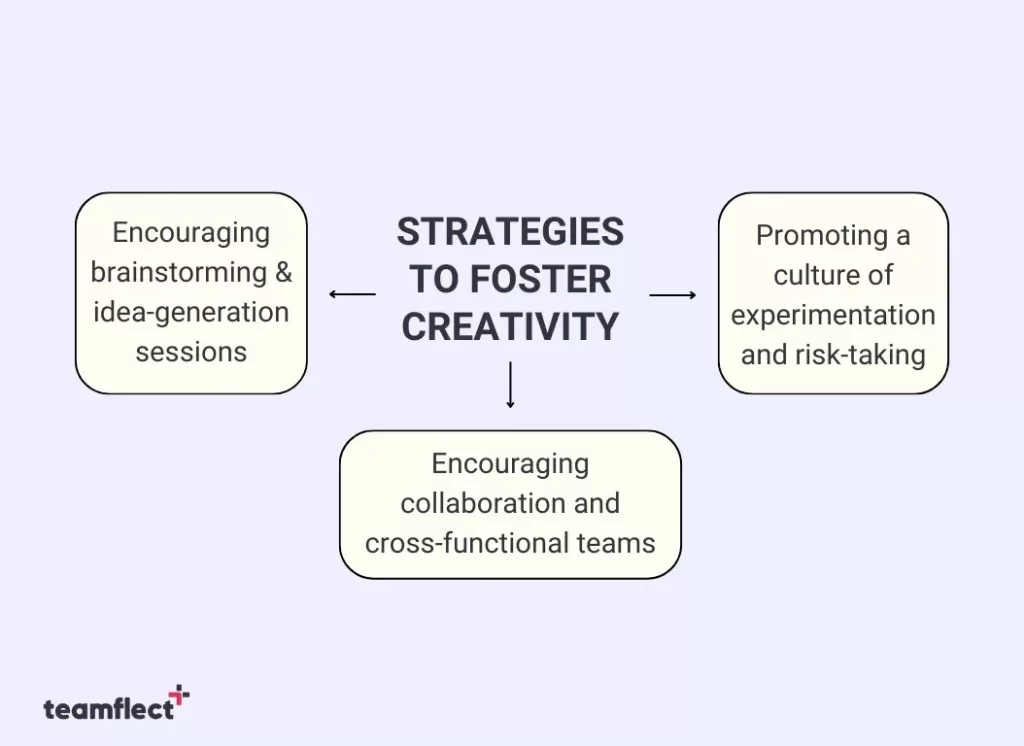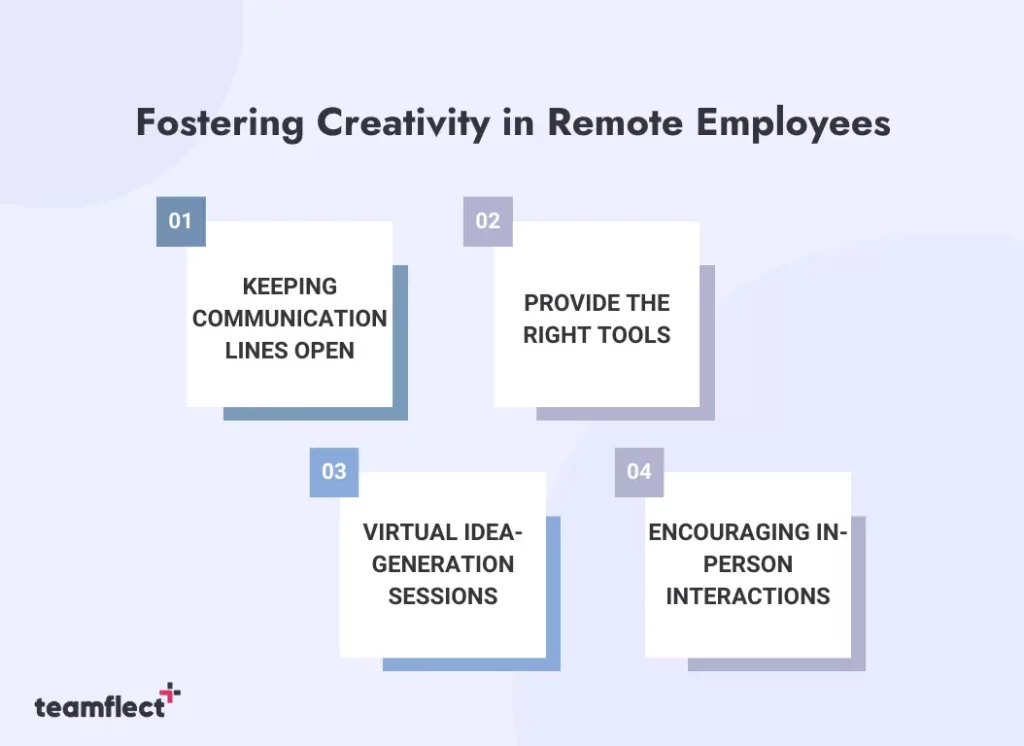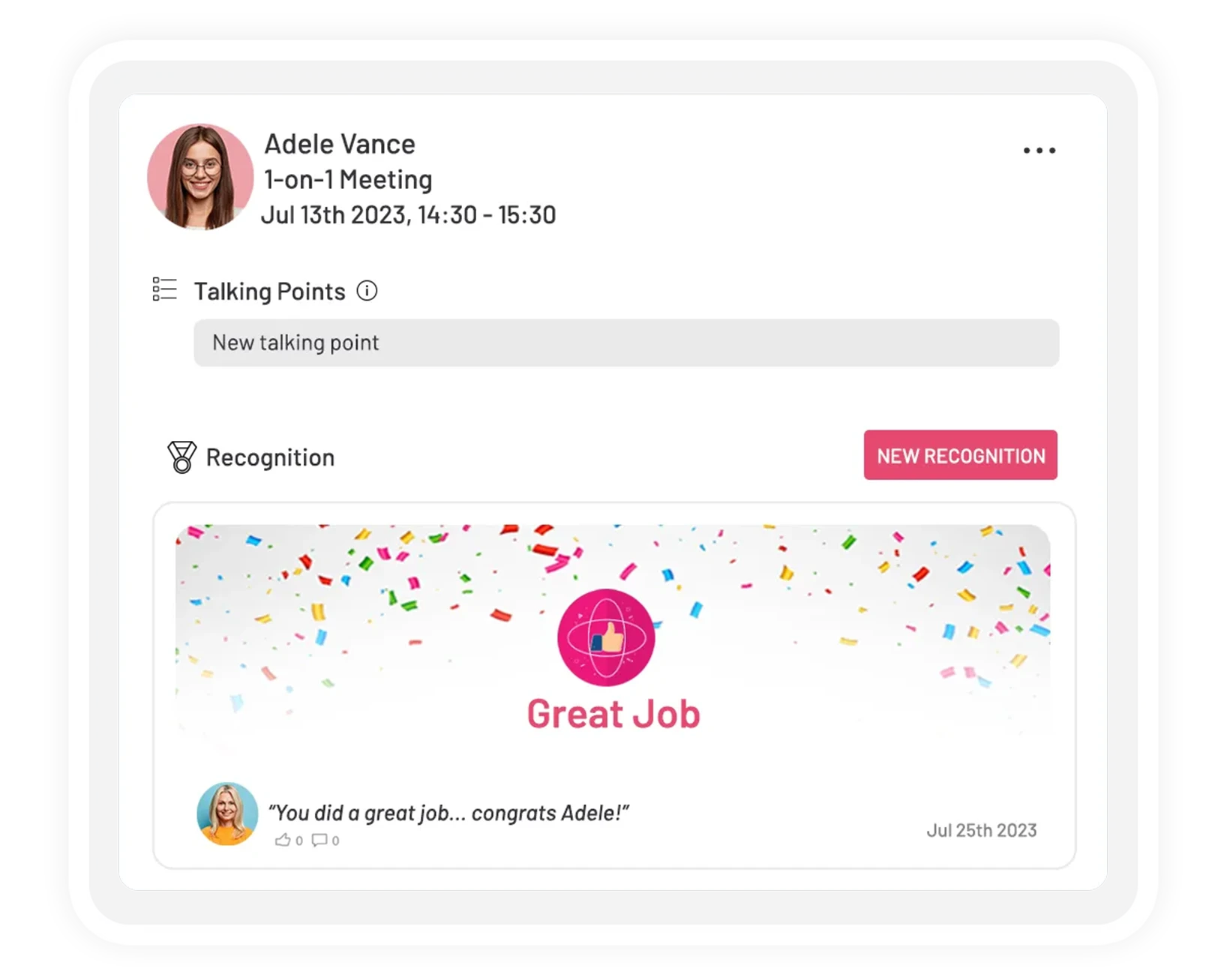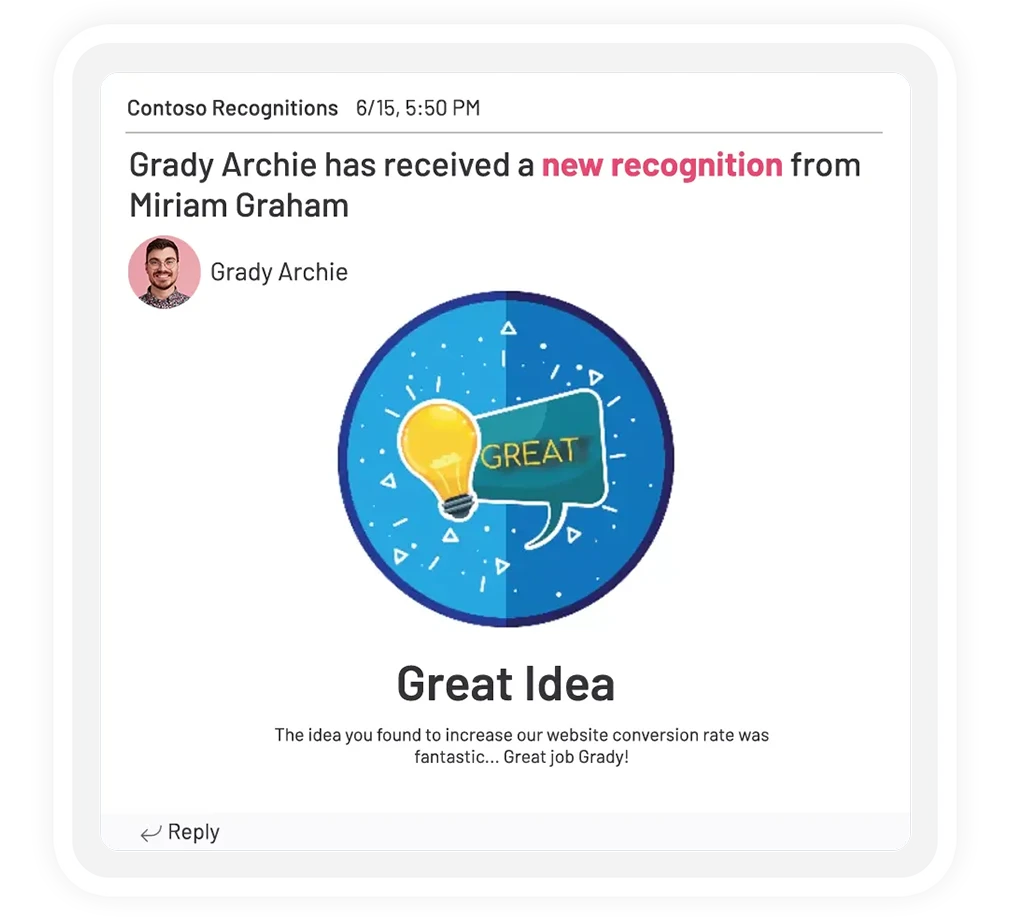Welcome to the wild and wonderful world of fostering workplace creativity! Are you ready to unleash the full potential of your team and take your organization to new heights?
Great! Because, in today’s fast-paced business landscape, being able to think outside the box is crucial for success. Besides, who doesn’t love a good brainstorming session? It’s like a mini-vacation for your brain.
Creativity is the lifeblood of any organization, it can help in coming up with new ideas, solving problems, and finding new ways to approach old challenges.
Whether you’re a team leader, a manager, or an employee, fostering a creative environment in the workplace is a must. And the good news is, it’s not as hard as you might think. If you’re asking:
- How to foster workplace creativity?
- How to foster creativity in remote teams?
Stick around and we’ll show you how to turn your office (or virtual office) into a creative playground in no time!
Table of Contents
Strategies for Fostering Creativity in the Workplace

1. Encouraging brainstorming and idea-generation sessions
Brainstorming and idea-generation sessions are a great way to get the creative juices flowing and can be as simple as gathering a group of people in a room and letting them bounce ideas off of each other.
It’s important to set some ground rules like no idea is a bad idea and no criticism is allowed during the session.
That way, everyone feels comfortable sharing their thoughts. It is a must to have a facilitator who can keep the discussion on track and make sure that all voices are heard. This will help to generate a diverse set of ideas and perspectives.
2. Promoting a culture of experimentation and risk-taking
Sometimes the best ideas come from trying something new and different. Encourage your employees to think outside the box and not be afraid to fail.
You have to create a safe space where employees feel comfortable enough to share their innovative ideas without the fear of rejection.
You can achieve this by recognizing and rewarding employees for taking risks and trying new things, even if they don’t always succeed.
3. Encouraging collaboration and cross-functional teams
Encouraging collaboration and cross-functional teams is key when it comes to fostering workplace creativity. Bringing together people from different departments and backgrounds can lead to some truly innovative ideas.
Collaboration allows for the exchange of knowledge, skills, and perspectives that can spark new ideas and inspire creativity. It’s also just more fun to work on something with a team rather than on your own.
So, create opportunities for team building and cross-functional projects to promote collaboration and creativity.
Fostering Creativity in Remote Employees

1. Keeping Communication Lines Open
Communication is key when it comes to fostering workplace creativity with remote employees. They are not physically present in the office and it’s easy for them to feel disconnected and out of the loop.
Regular check-ins, team meetings, and one-on-ones can help to keep everyone on the same page and ensure that remote employees are included in the creative process.
This can help to build trust and foster a sense of belonging among remote employees, which can in turn lead to more creativity. Also, this is an opportunity to address any issues that arise and make sure everyone is aware of the progress of the projects.
2. Provide your remote employees with the right tools
Providing remote employees with the same resources as in-office employees is crucial when it comes to fostering workplace creativity. This means giving them access to the same training programs, tools, and technology that in-office employees have.
This will help to level the playing field and ensure that remote employees are able to contribute to the creative process just as much as in-office employees.
This can help remote employees to feel valued and that their ideas are taken into account. We’ve highlighted some of the best tools you can use in this regard in the following lists below:
Top Employee Engagement Software of 2024
Top Project Management Software of 2024

That being said, we have to let you know that if you are using Microsoft Teams in your operations, there is no better all-in-one solution to all of those software needs than Teamflect.
As an incredibly intuitive performance management software, Teamflect provides remote teams with the perfect platform to be their awesome selves, foster workplace creativity all they want, and keep all of their goals, tasks, and OKRs organized!



